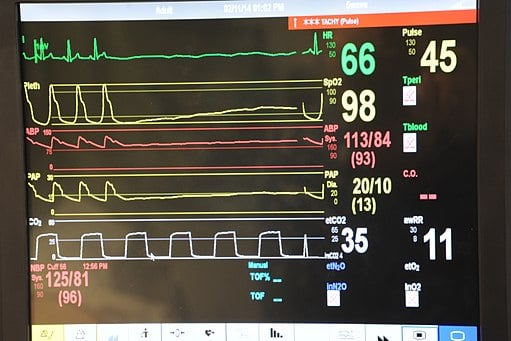
False alarms
How many false alarms do you get from monitoring equipment on your treatment works and distribution network? How many times are alarms cancelled with no need for further action? How often are you woken in the night by a car alarm going off? All too often, no doubt.

You’re not alone. The problem is being addressed in other industries from which lessons can be learned. Let’s look at healthcare.
The Intensive Care Unit of most major hospitals is a noisy environment. And no one seems to pay much attention to the continuous beeping of the equipment until an alarm is triggered. Even then a cursory glance frequently results in inaction and cancelling the alarm. What’s going on?
Current practice is to monitor numerous individual vital signs, with simple threshold alarms set for each. This elicits a large number of false positive alarms. Better safe than sorry is perhaps the mantra. But the lack of clinical relevance of the majority of these alarms makes for an inefficient healthcare system in which nurses habitually ignore low level alarms due to their frequency, and, one assumes, may sometimes miss something important.
A project at the University of Pennsylvania set out to address this problem. Their objectives were to:
- Develop an alarm algorithm that combines standard blood pressure, heart rate, respiration rate, and sats (oxygen saturation rate) measurements
- Decrease the number of total alarms and of false alarms
- Without creating additional false negatives which result in no clinical intervention
- Create a tiered prioritisation of alarms that more efficiently communicates the clinical severity of the problem
The algorithm they developed
- employs a Fuzzy Expert System to mimic the decision processes of nurses
- includes a Clinical Decision Support tool that employs Bayesian theory to display the possible complications a patient might be experiencing and the most relevant risk factors
The result?
- The number of alarms was more than halved
- Quiet time doubled
- No change in false negatives or missed alarms
i2O has been inspired by this to develop smart alarms for water distribution networks.
- Attribution:
By Petty Officer 1st Class James Stenberg [Public domain], via Wikimedia Commons